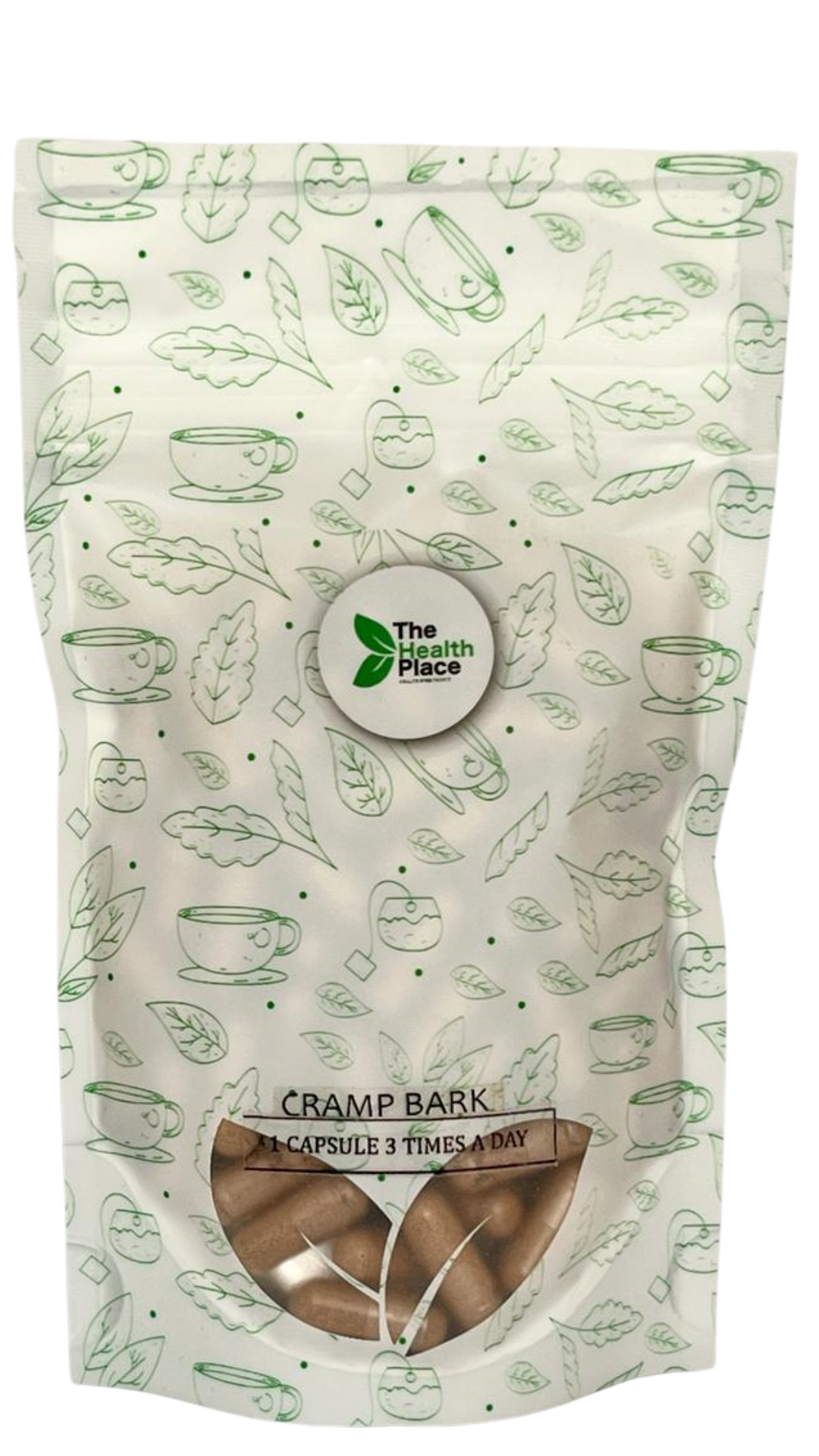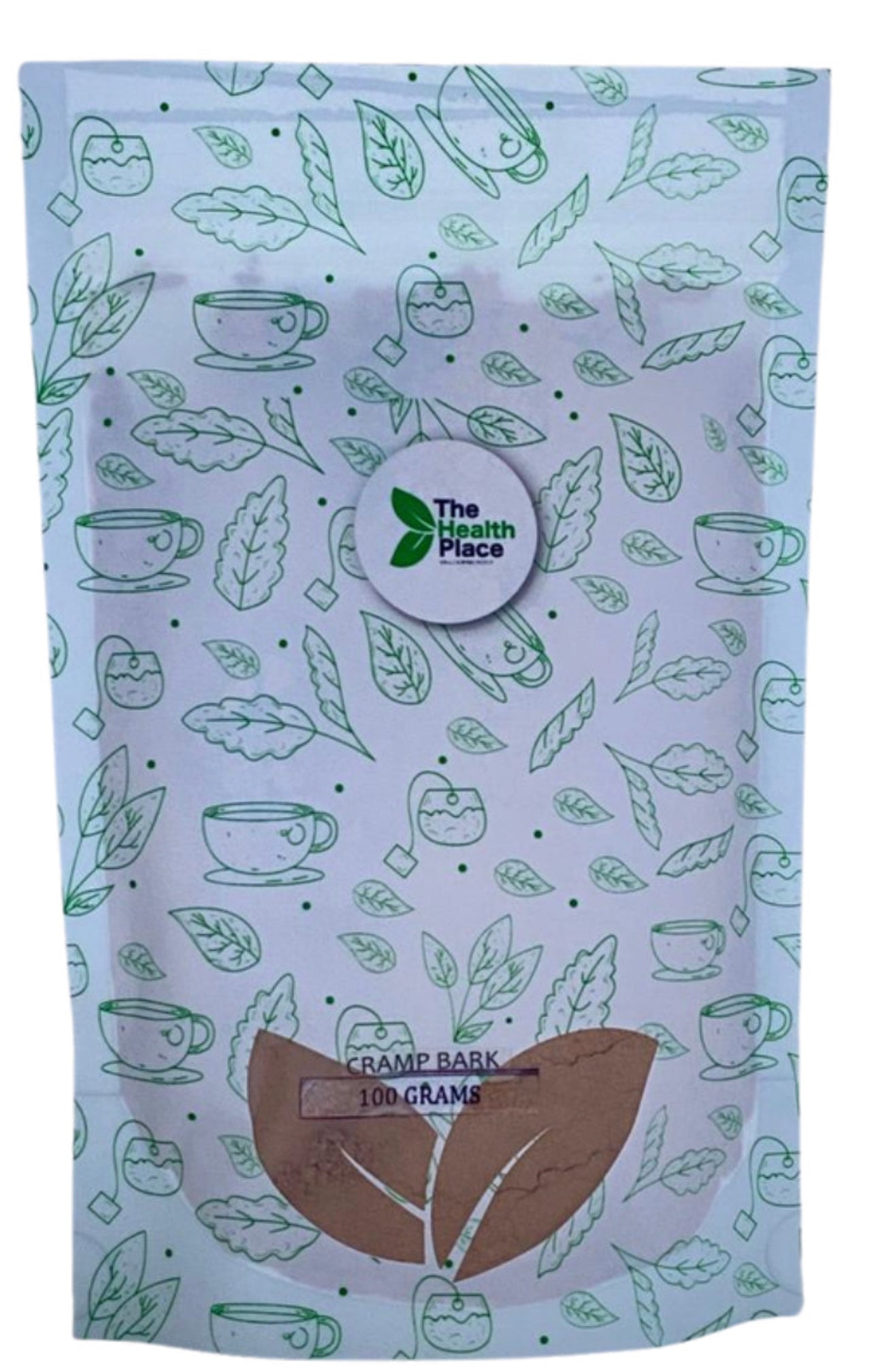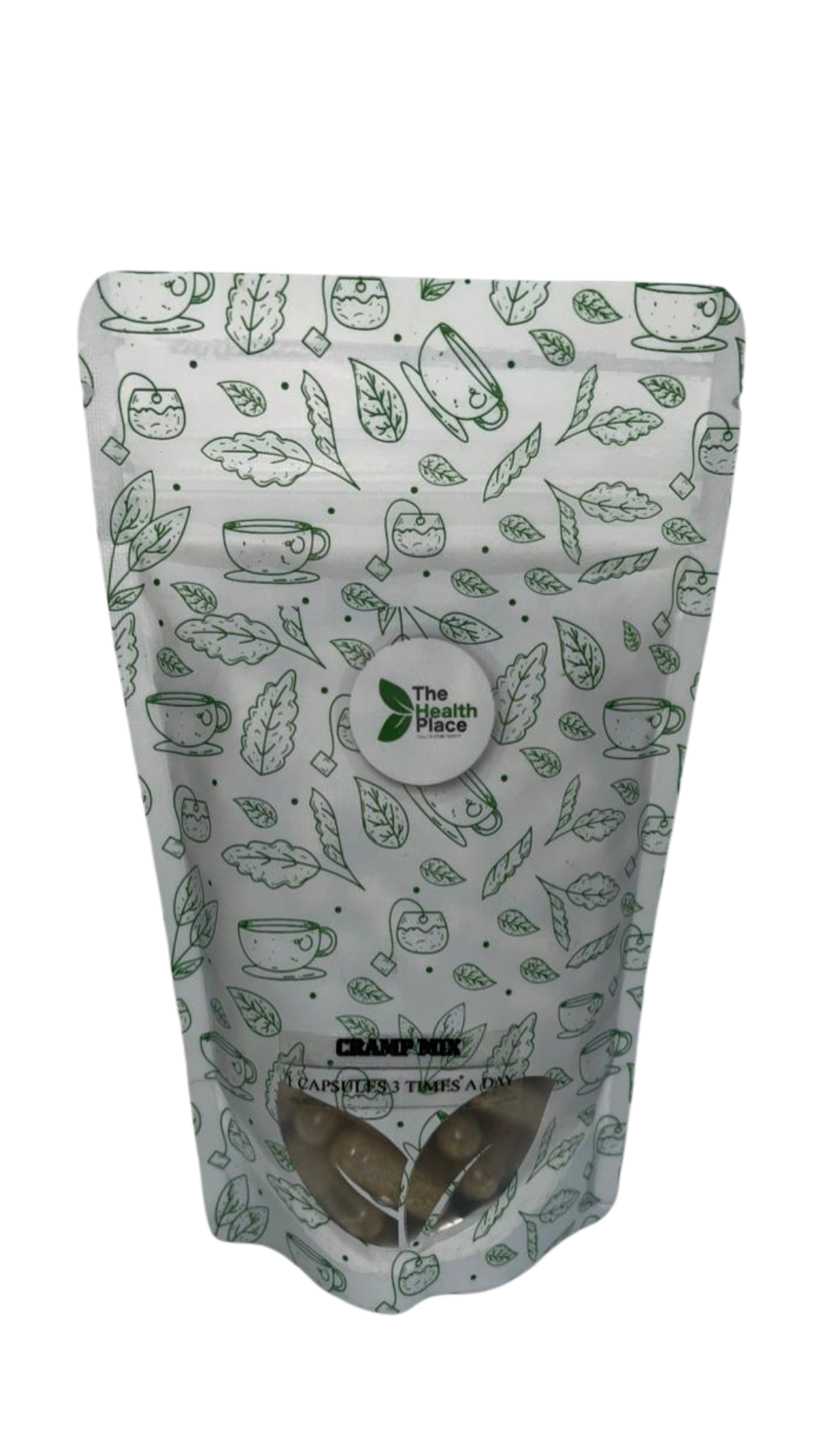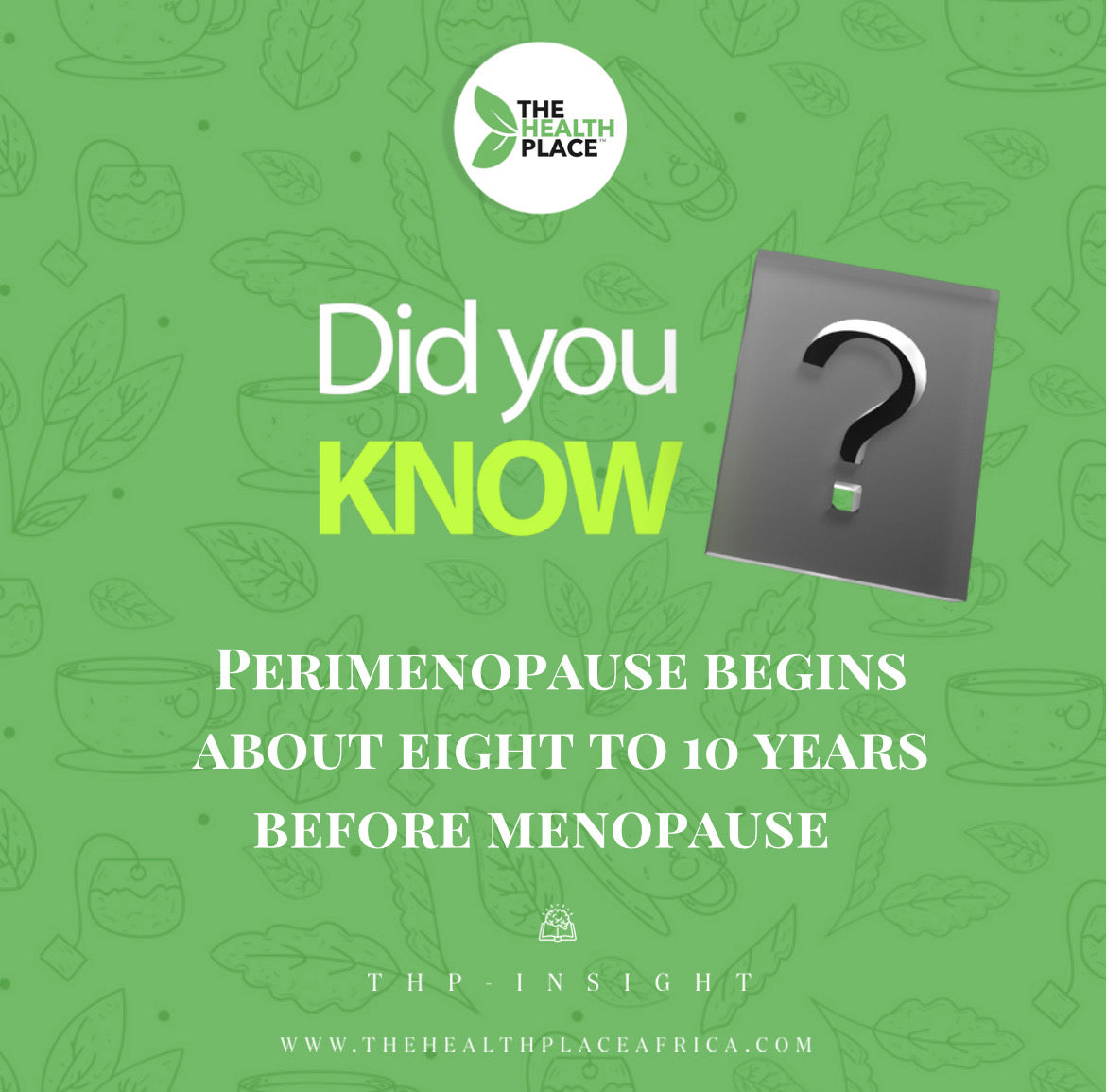


Cramp Bark - Choose Form
Botanical Name: Viburnum opulus
Origin: Peru
Scroll down and choose capsule or powder
Product Overview
Cramp Bark is derived from the bark of Viburnum opulus, a deciduous shrub traditionally found in cooler regions. It is known for its smooth light-brown bark, white clustered flowers, and bright red berries. In traditional botanical use, the dried bark is prepared in either powder or loose-cut form and commonly used in decoctions, infusions, and capsule-based preparations. It holds cultural and historical significance in European and Slavic herb traditions.
Product Characteristics
Powder Form
• Finely milled light-brown bark powder
• Soft coarse texture with natural woody aroma
• Suitable for pantry blending, infusions, or capsule making
Capsule Form
• Natural bark powder encapsulated in vegetable capsules
• No fillers, flow agents, or additives
• Convenient, measured serving option
General Details:
• Botanical species: Viburnum opulus
• Part used: dried bark
• Naturally woody aroma and fibrous texture
• Traditionally known in Europe as Cramp Bark or Guelder Rose
• Free from artificial colourants, sweeteners, or preservatives
Lifestyle Use
• Can be used in traditional decoction-style preparations or simple warm-water steeping
• Suitable for inclusion in natural botanical collections, home herb cabinets, and capsule kits
• Often stored alongside bark-based ingredients such as willow bark or slippery elm
• Powder and capsule forms allow flexible lifestyle use depending on preference
Safety Note
This product is sold in its raw and natural form for general use.
It is not a substitute for professional or medical advice.
If you are pregnant, breastfeeding, or have specific sensitivities, consult your qualified professional before use.
Premium Quality
• Imported 100% raw from trusted sources ✔
• Carefully Packed in Nigeria ✔
• ISO 22000:2018 Certified ✔
• SGS cGMP (21 CFR Part 111) Certified ✔
• Halal & Kosher Certified ✔
• Non-GMO ✔
All our products are 100% natural, produced under globally recognized certifications, and processed in FDA-registered, GMP-certified facilities.
Statements regarding dietary supplements have not been evaluated by the FDA and are not intended to diagnose, treat, cure, or prevent any disease or health condition.

Choose options






